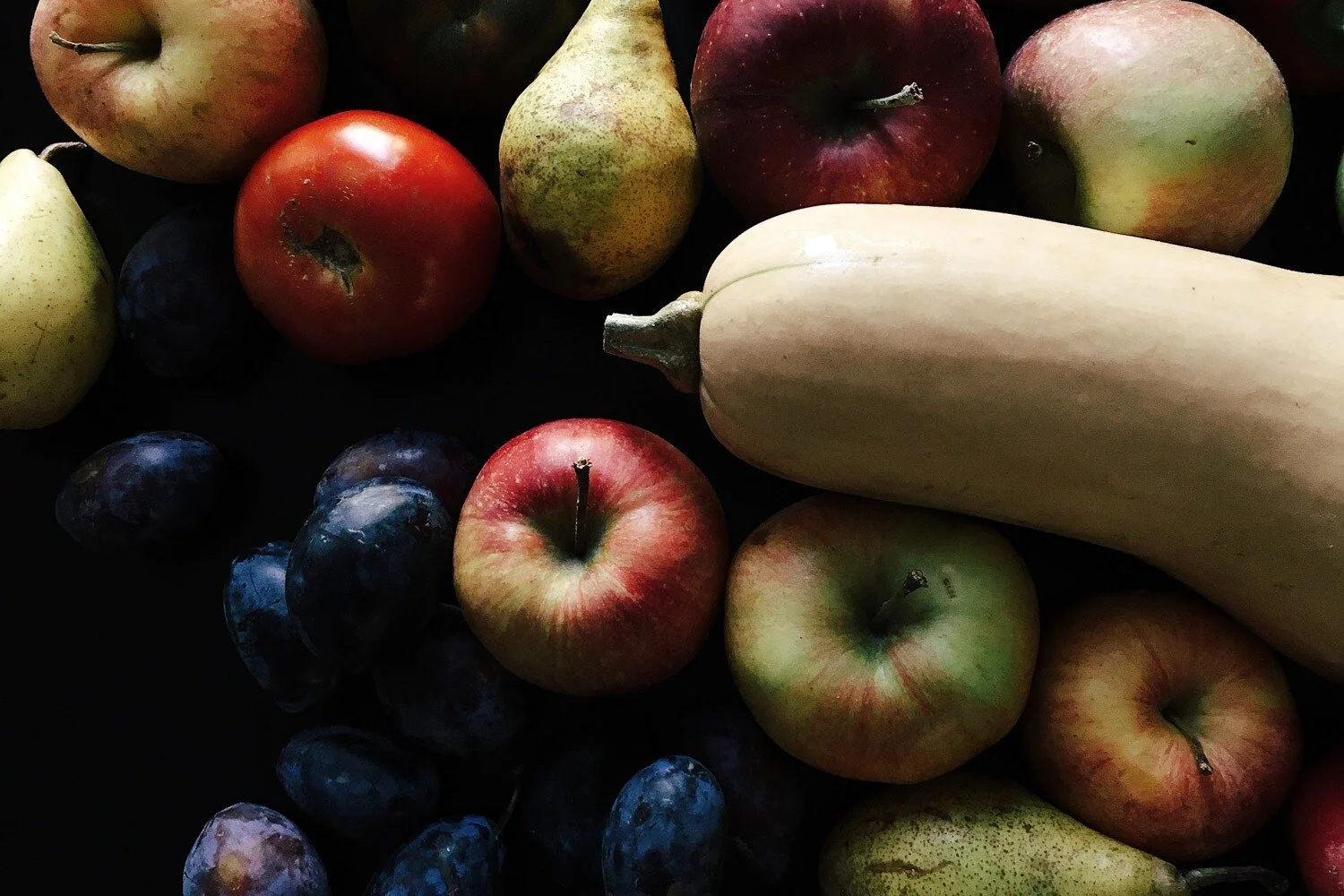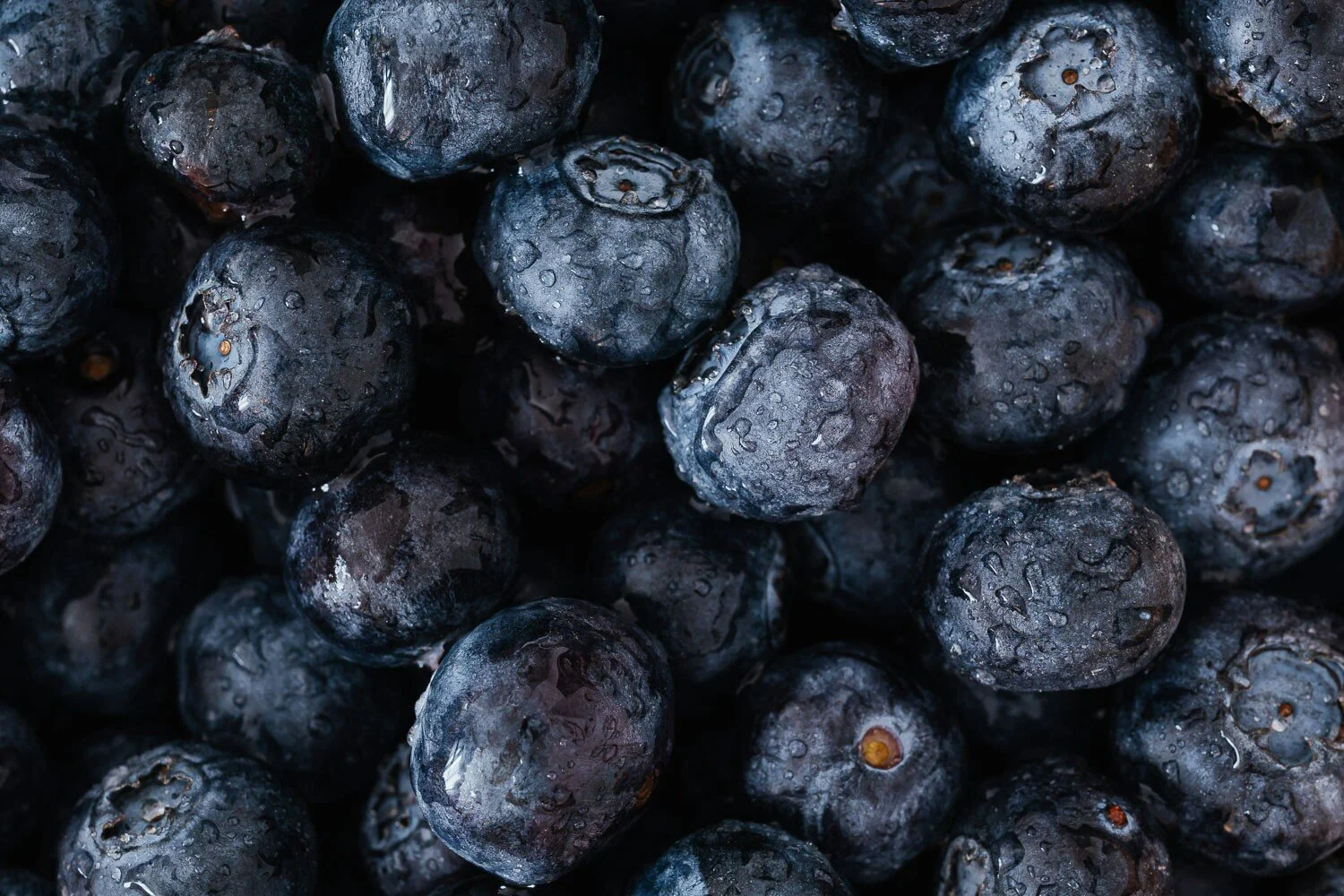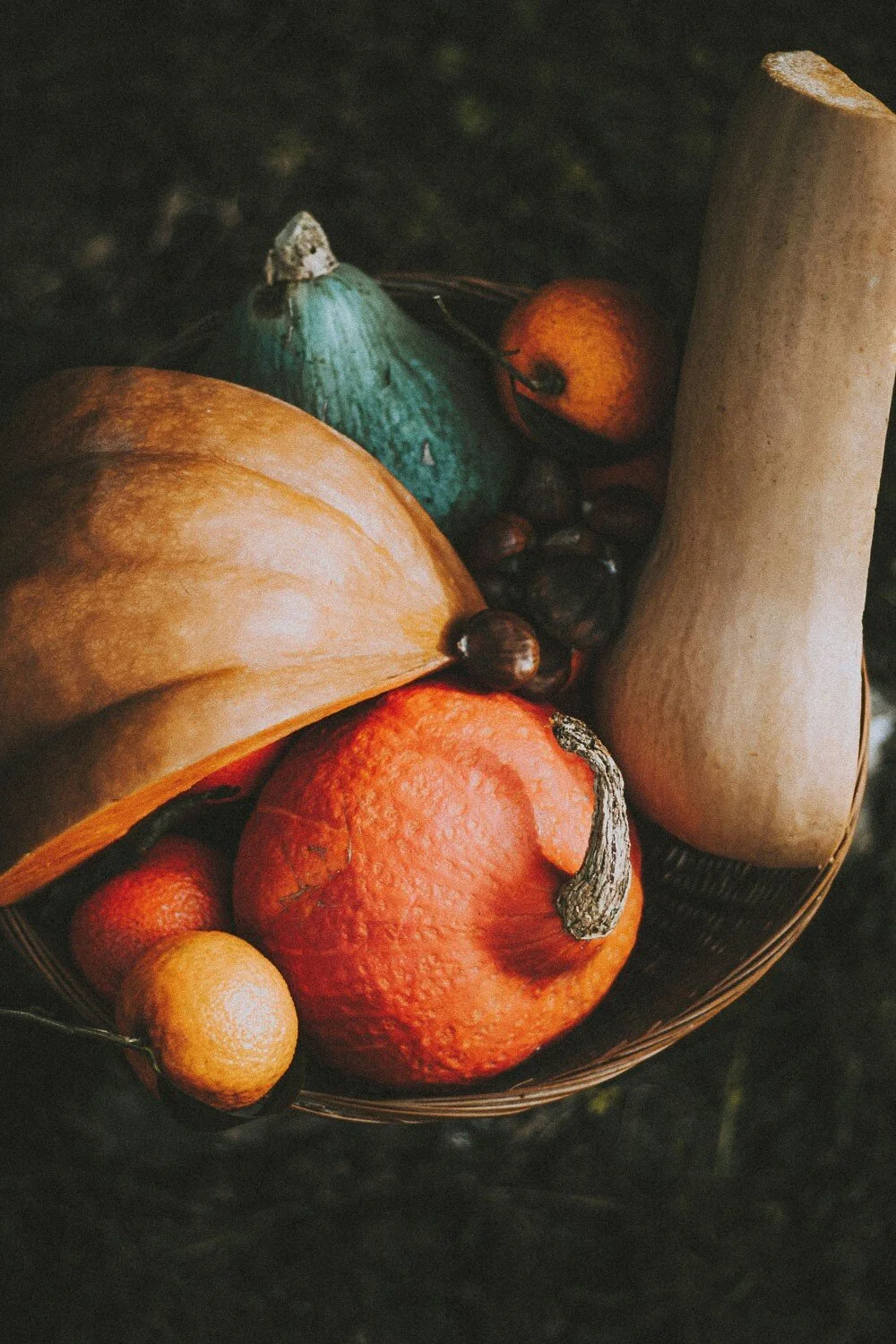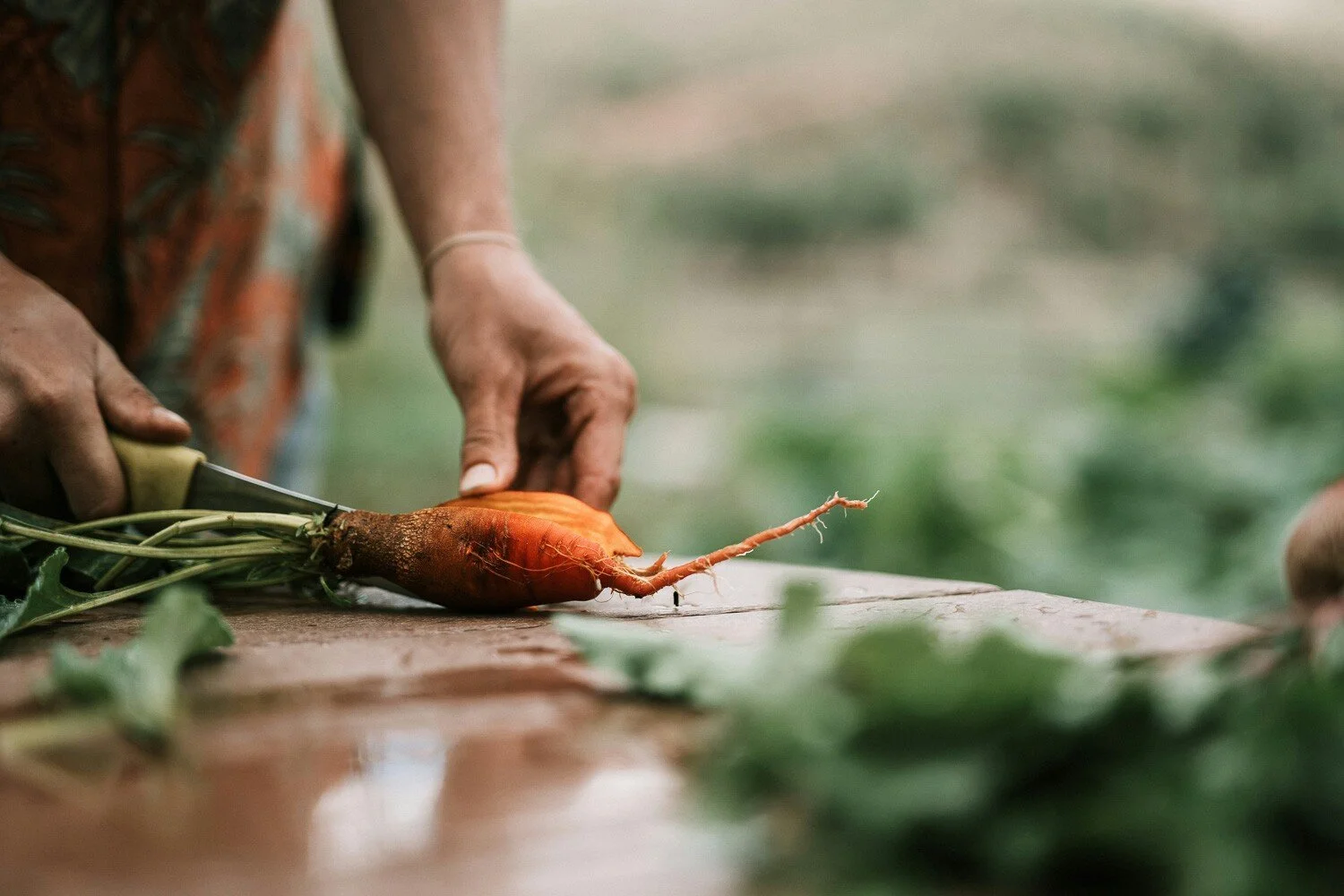Beginner's Guide to a Low Oxalate and Paleo Diet
Since starting a Low Oxalate Paleo style diet, I’ve learned a few things, especially when it comes to meals, food, and symptoms. Although I'm not a certified medical or nutritional professional, I've come to understand the complexities of oxalates and their impact on our health in a way that I hope resonates with anyone in a similar situation or just starting to learn about oxalates.
Oxalates Explained
First, what are oxalates? Oxalates are plant compounds that plants produce as a natural defense mechanism, deterring pests and animals. Some plants have a higher concentration of oxalates than others.
The Intersection of Mold Toxicity and Oxalates
My journey into the low oxalate Paleo diet was primarily driven by challenges like potential mold exposure, persistent gut issues, and unexplained joint pain. Mold toxicity impacts the body's detox pathways (including the body’s ability to process and eliminate oxalates effectively), as well as produces oxalates itself. So the oxalates in the body add up and accumulate (both from food as well as mold), and need to be stored somewhere. This can happen anywhere in the body. For me, it seems these excess oxalates have found a home in my joints.
Navigating the Low Oxalate Paleo Diet
Transitioning to a low oxalate Paleo diet was challenging initially, and still can be at times. I’ve learned which foods to avoid, which to moderate, and which to eat freely. I’m also taking calcium citrate along with meals (especially when their oxalate content is medium to high!) to bind to any excess oxalates, so they can be cleared out of my body.
Reducing oxalate load can be a slow process. The goal is to lower the body's overall oxalate level sufficiently to signal it's safe to release stored oxalates. It’s also crucial to deal with the underlying root cause for a real, lasting solution.
Resources and Spreadsheet
There’s a facebook group with different sub-groups dedicated to everything-oxalates, which has a lot of different resources, e.g. spreadsheets of different foods and their oxalate content. It’s very helpful to be able to see and compare when you first start out on an oxalate diet. After a while you’ll start to remember and the diet becomes easier, more second nature.
I also wrote an in-depth guide on following a low oxalate and AIP diet here. Even if you’re not looking to do the AIP diet, this post still has lots of helpful content regarding a low oxalate diet.
The Blend of Low Oxalate and Paleo
I was already familiar and comfortable with a Paleo style diet, which made it easier to layer a low oxalate diet on top of that. For example, Paleo eliminates most grains (which are generally high in oxalates), which meant I didn’t even have to consider looking up their oxalate concentration.
On the other hand, many common Paleo diet staples are extremely high in oxalates (e.g. sweet potatoes, almonds, spinach).
Oxalate Levels in Different Foods
High Oxalate:
Potatoes and sweet potatoes
Almonds and most other nuts (incl. peanuts)
Spinach
Beetroot
Rhubarb
Most grains
Kiwi fruit
Raspberries (telling myself “it’s not forever”)
Feijoa 🙁 (sadly!)
Chocolate… (I know!!! 🙁)
Cinnamon (also 🙁)
Medium Oxalate:
Boiled carrots
Steamed broccoli
Most tomatoes
Avocado (moderately-ripe)
Olives
Banana (moderately-ripe)
Oats
Sunflower seeds
Low Oxalate:
Bok choy
Boiled broccoli
Boiled cauliflower
Capsicum
Zucchini
Onion
Garlic
Pumpkin
Lettuce
Cherry tomatoes
Avocado (ripe)
Blueberries 🙂
Strawberries 🙂
Apple
Banana (ripe)
Coconut
Flax seeds
Pumpkin seeds
If you need some meal ideas, have a look at this post (I’ve made a note to identify any recipes which aren’t low oxalate!) and this one on the combined AIP and low oxalate diet.
Cooking methods matter
You’ll notice that a few of those veggies are lower in oxalate content when boiled, which can reduce oxalate content in certain foods (make sure to discard the water). However, not all foods become low-oxalate that way!
The Bigger Picture
If you really want to dig deep and learn more about oxalates, join the facebook group. Just one “warning”, though: delving into oxalate levels and trying to optimise everything can become an obsession. That’s not healthy either. Some people in the facebook group have been on a low oxalate diet for years (as a way of life, I suppose), which I don’t believe is the goal. The goal is to figure out the root cause issue and fix that.
Final Thoughts
This is just an introduction to oxalates, I didn’t cover everything there is to know, so you might still have some questions (maybe even more than before). Please don’t hesitate to ask.
And a final note - I know starting a low oxalate diet can feel stressful, overwhelming and intimidating at first. I also know that almost every blog post out there will say something like “you’re not alone”. Personally, I don't find this very helpful. It’s still hard. But hopefully me saying the following encourages and motivates you:
“It is hard and painful, I acknowledge that, but it does become easier with time. It’s also not forever. And finally, remember why you’re doing it regularly. Feel the other pain that is much worse and which got you doing this in the first place. That makes a big difference, too”.
If you do need support or have any questions, leave a comment below or get in touch.








